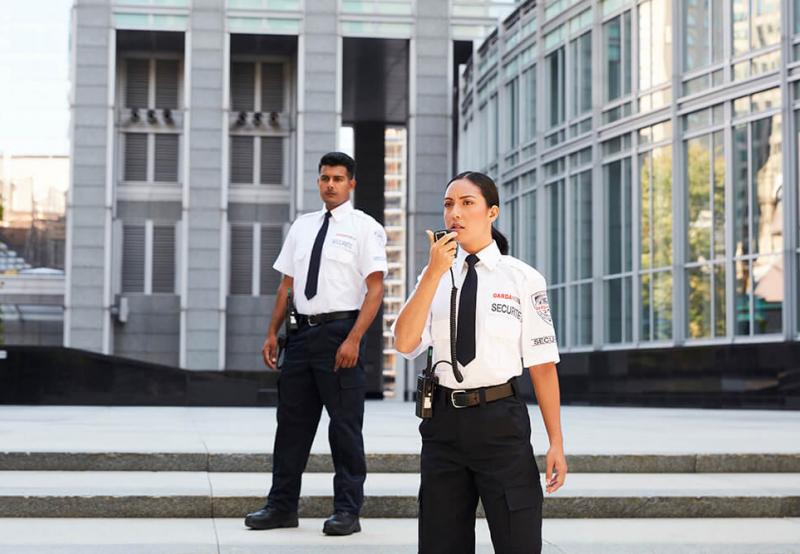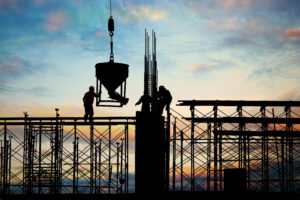
A security audit is a very important process to ensure that all regulatory standards are being properly adhered to within an organization. Complying with these rules is critical not only to comply with legislative issues but also to ensure a healthy and safe work environment. Therefore, the company must always control the risks to which its employees are exposed.
What is the purpose of an audit?
Auditing is a process whose main objective is to obtain information, based on evidence, which will be used for an analysis of the reliability and efficiency of the work safety management system. It is through it that managers can identify non-compliance points.
Even small irregularities can cause work accidents, occupational diseases and environmental degradation. With accurate data in hand, it is possible to draw up more effective action plans, capable of ensuring the health and safety of your employees.
What are the audit types?
Audits can be carried out in any part of an organization, especially in those most problematic sectors. Each area has different goals and this must be taken into account. There are three types of it:
- First-party or internal audit: performed by an organization for itself, aiming to improve performance and reduce divergences concerning safety standards;
- Second-party audit: also called supplier audit, it can be done by the company or third parties to assess the system’s compliance with legal or contractual requirements;
- Third-party or external audit: performed by third-party auditors for certification purposes.
- In addition to these three main ones, there are some others whose objectives are more complex, such as joint, concession, follow-up audits, etc.
What to include in the checklist?
What are the minimum attributes of each activity? By answering this question, you have already taken the first step towards making a good checklist. Consider factors such as materials and tools used and their conditions, preparation of the machine before its operation, procedures and safety equipment to be carried out before, during and after activities, etc.
Remember to document everything, as, in the event of an accident, it will be necessary to verify that all points have been properly assessed. Use forms as guides and pay close attention to technical specifications. Always keep your checklists updated to constantly apply new practices, ensuring that all processes and equipment are included in your audit. Some questions you can ask yourself in support of an occupational safety audit checklist are:
- What are the duties required by law? Are they being fulfilled?
- Is the equipment undergoing maintenance on time?
- Do employees wear the correct PPE for each activity performed?
- Do workers know how to report possible failures?
How to implement auditing?
Now that you’ve defined your goal and made a complete checklist, it’s time to get your hands dirty. Persons responsible for evaluating the established criteria must be qualified professionals, such as technicians or engineers. These are called auditors.
Ideally, auditors do not usually carry out the operations and processes they will assess, as people already active in certain activities can set standards concerning some situations and, therefore, some errors can go unnoticed, reducing the reliability of the audit.
The main job of these professionals is to use the checklists, make observations and record evidence through photos and videos. All documentation will be part of a report, prepared at the end of the audit process. This document will describe all activities applied in the audit, in addition to listing the nonconformities found.
Why perform an audit?
Now you know how to perform an audit from start to finish. But was he convinced of all the advantages brought by doing it? If not, now is the time.
- Reduces threats of work accidents and occupational diseases
As we’ve discussed throughout this text, auditing is precisely aimed at identifying all the problems that endanger the health and safety of an organization’s employees. Knowing what these problems are, it’s easier to come up with a plan of action.
- Improves the working environment
A safer, cleaner and more organized workspace (because the audit can assess hygiene as well, as this affects health) is much better to work. Can you disagree with this statement? Nobody likes to be in a disorganized place, besides safety and cleanliness being basic human needs.
- Decreases the risk of fines
The Regulatory Norms exist and are supervised by the responsible bodies. This means that if they identify irregularities, the company will suffer the foreseen penalties. With frequent audits, the number of non-compliance drops and, consequently, the risk of fines are also reduced.
Are you also willing to get your company a safety audit as soon as possible? Contact Potential Security and get yourself booked with a team of experts and get the best services in town!



